I began my tenure as Mellon Foundation Playwright-in-Residence in 2016 with Boston, Massachusetts’ Company One Theatre (C1)—an organization that had been an artistic home to me long before I was part of the Mellon cohort. In a way, I grew up professionally with Company One, finding my footing as an emerging playwright both locally and nationally as C1 also grew in professionalism and reputation. One of the most fascinating elements of my work on staff here during the residency has been participating in C1’s revision of its mission to more transparently work for social justice and the subsequent programmatic adjustments in support of that mission. I’ve been part of department meetings, staff meetings, company retreats, production meetings, rehearsal processes, and community events where the coalescing questions are always: Are we being honest? Are we dreaming big enough? Is what we’re doing contributing positively to a healthier, more just, and more equitable Boston?
As a playwright, it’s with some chagrin that I admit I’ve spent the better part of my real adult life avoiding having the type of nine-to-five job that requires me to sit in meetings. When I say this, some perhaps assume I do not enjoy people. But as a mostly extroverted Leo, that is not true. When one writes full-time, one quickly learns a day is easily devoured by everything but writing, and that no one will give you that time—you must demand it. Meetings complicate that.
Even so, I spend most C1 meetings in a state of wonder. I am amazed by my colleagues—the breadth of their knowledge, the reach and scope of their empathy and innovation. And since I am an artist—and have been since I was very small—looking in from the outer banks, I am often just overwhelmed by the business of doing business. I am a rather slow thinker. I am quiet in groups. Sitting in the room where it happens during my residency has been no different. Awe. Wonder.
Are we being honest? Are we dreaming big enough? Is what we’re doing contributing positively to a healthier, more just, and more equitable Boston?
Watching the company’s transition from simply doing meaningful work (which is admittedly commendable in its own right) to consciously articulating the choices that support the curation of that work to audiences and community partners has fueled this awe and wonder. Those sitting alongside me in these meetings have made the mindful decision to uplift and make visible the mission-driven decision-making that underpins C1’s programming.
The impetus as an organization to do better and evoke change has been a constant, but after some deep institutional and personal reflection, staff realized that producing exuberant plays that pose questions about race, class, and justice isn’t, by itself, really enough. Especially when plays examine those questions via image and metaphor, or ask audiences to sit with their own discomfort and uncertainty. In such instances, instead of just hoping an audience member walks away with an understanding of how the play’s themes relate to their own community, or what action steps one might take for social change, C1 decided it had to do better at spelling it out. What emerged from that realization was C1’s “Amplify Language.”
Shawn LaCount, the company’s artistic director, describes Amplify Language as the “short list of ideas used for each production to explain to audiences why we selected that play, and more specifically what we perceive the social value of the play to be.” In five or six clear bullet points, Amplify Language speaks to the pressing civic and political issues C1 wants audiences to engage with by seeing the production, the community partners or local grassroots organizations it can highlight as doing important on-the-ground work on issues related to the play, and steps audience members can opt into should they be moved to action by what they’ve seen. That list of bullet points is used absolutely everywhere: on mailings, in programs, for press releases, on the website and production blogs, and in person with stakeholders, audiences, and community partners. Now there’s no guessing about how C1 envisions each production as part of a larger project of working toward social change and a more equitable future.

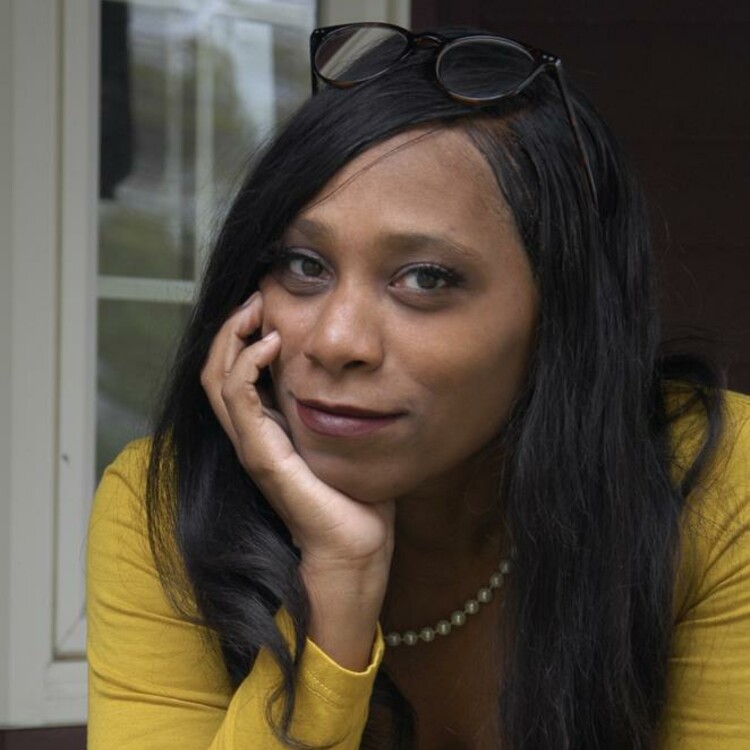
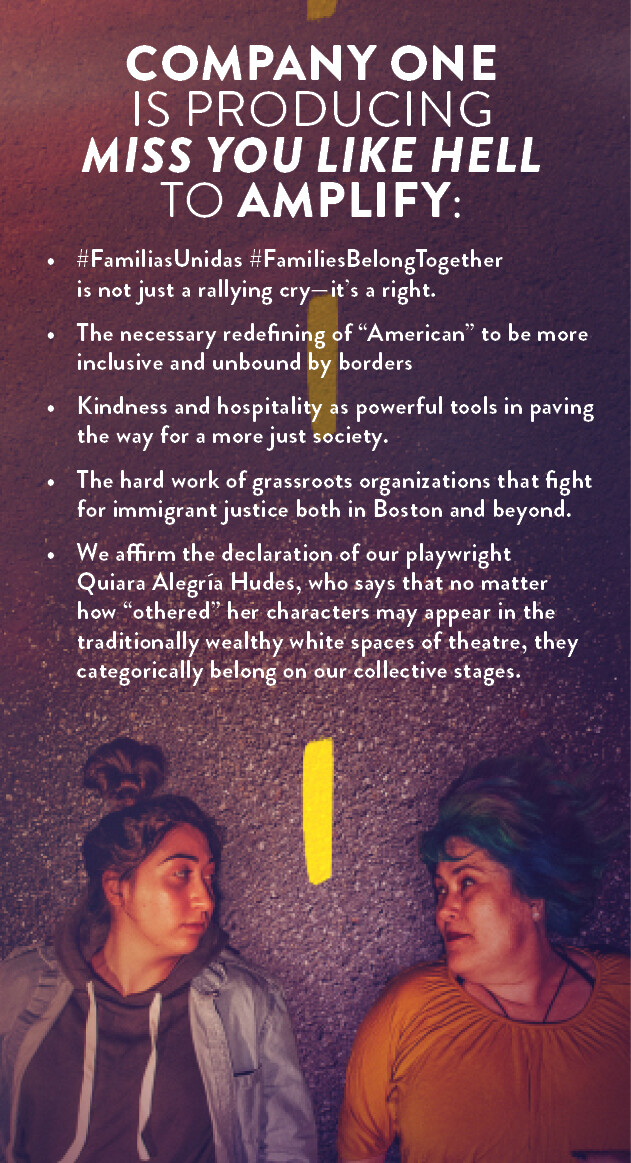
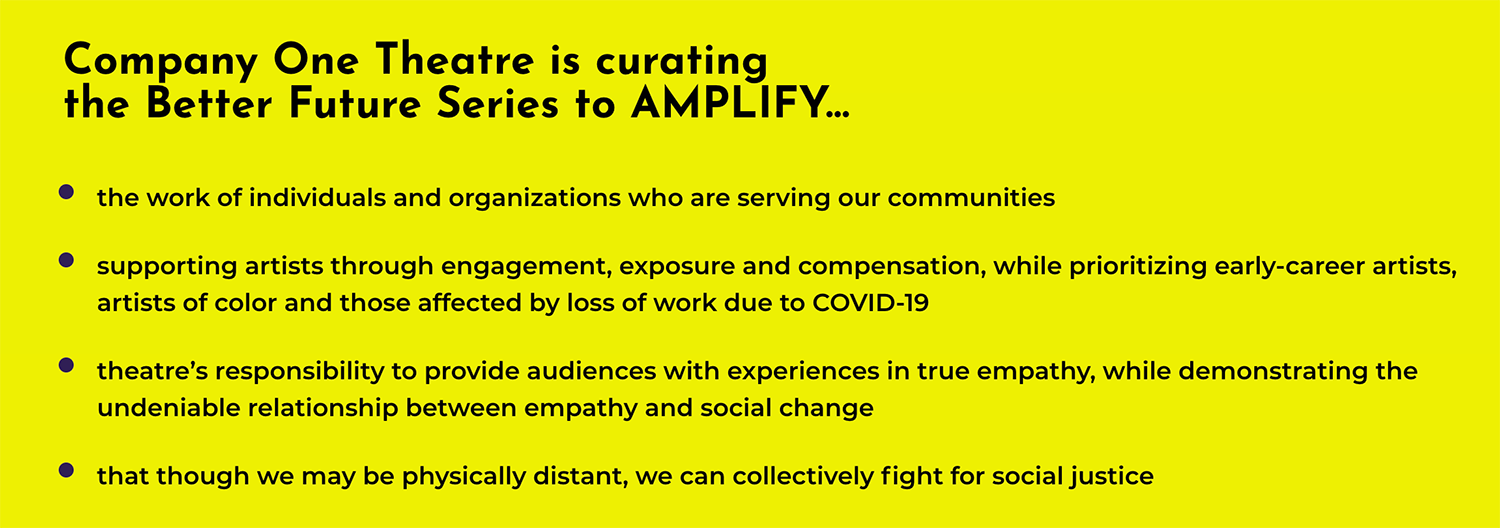






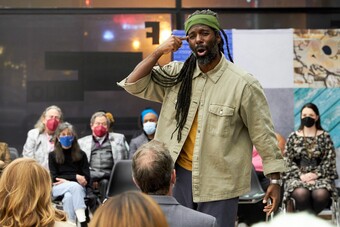




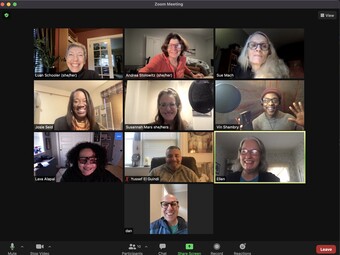

Comments
The article is just the start of the conversation—we want to know what you think about this subject, too! HowlRound is a space for knowledge-sharing, and we welcome spirited, thoughtful, and on-topic dialogue. Find our full comments policy here
I just got to this essay but I am feeling so inspired to bring some of these methods to my work in Jersey City/NYC. Thank you!!
inspiring! powerful! thank you for articulating so many reasons for the YES to theatre.
Thanks Melinda. I'm hoping the YES will see us through the difficult parts of this time.